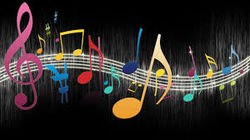page end
devotion
Navratri, which means nine nights, is a devotional and spiritual event. As the name suggests, Navratri takes place over a period of nine nights, during which various rites and rituals take place. The festival of Navratri falls four times a year, in line with the change of the seasons. However the majority of people usually only celebrate the main Navratri, known as Sharana Navratri, which occurs in late September or early October.
navratri
dance
Garba and Raas dances are the most significant devotional element of Navratri for Gujarat and Gujaratis. These dances take place during the night amidst decoration and vibrant lights. The dances are danced by most women and a substantial number of men. Navratri is a mainly feminine occasion as this was the one occasion during which women could partake in acts or worship, as for many years religious rituals and practices were mainly male preserves
shakti
The primary significance of Navratri is the worship of the energy known as Shakti, which represents the power of the Divine Feminine. Shakti takes numerous forms, the three primary forms being Durga, Saraswasti and Lakshmi. These three Goddesses or Divine Mothers, also have various forms and manifestations which are known by several names and signify differing powers and energies.
rituals
The devotion during Navratri has several aspects. During the day there are recitations and chanting of scriptures in praise of the mother goddesses. There are also ceremonies which involve the feeding of young girls, the worship of the tools of trade and of books of learning. Many people fast before and during Navratri.
There are various festivals of Navratri in different regions of India, each with their own particular elements , rituals and ceremonies.
navratri
nine divine days and nine dancing nights, full of passion, emotion and devotion























